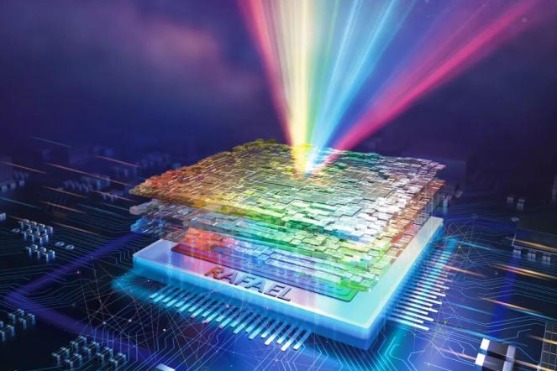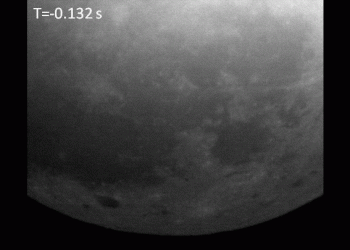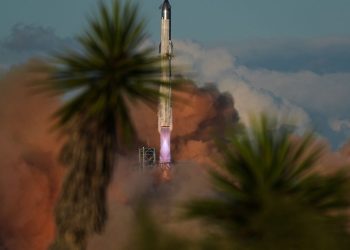BEIJING — A Chinese research team from Tsinghua University has unveiled a revolutionary spectroscopic imaging chip, RAFAEL, that could transform the way humanity observes the universe.
Published in Nature this week, this advance resolves the long-standing trade-off between spectral resolution and throughput/efficiency, enabling high-performance yet easily integrable instantaneous spectroscopy.
Spectroscopy is a fundamental tool for revealing the physical structures and chemical compositions of matter, the basis of discoveries in physics, chemistry, astronomy and life sciences.
However, traditional instruments have long faced an inherent challenge in achieving both ultra-high resolution and high throughput. Improving one usually requires compromising the other, creating a seemingly insurmountable obstacle to achieving both simultaneously.
RAFAEL, by its Chinese name “Yuheng”, breaks this limitation with integrated and reconfigurable lithium niobate photonics, allowing each pixel of the sensor to capture full spectral data with ultra-high optical transmission.
The chip achieves instantaneous spectroscopy with a spatial resolution of 10 megapixels and a spectral precision of 0.05 nanometers in wavelengths from visible to near-infrared.
In an on-sky demonstration, RAFAEL accurately captured spectra of up to 5,600 stars in a single exposure, representing a more than hundred-fold improvement in observing efficiency compared to world-class astronomical spectrometers.
Compact but powerful, the chip could open new insights into the cosmos’ most enigmatic phenomena while advancing research from materials science to astrophysics, said Fang Lu, a professor at Tsinghua and corresponding author of the paper.
“Yuheng” takes its name from the fifth star of the Big Dipper, once used by ancient Chinese astronomers to calibrate celestial movements, embodying precision and balance.
Building on this heritage, the chip aims to establish a new stable benchmark for human astronomical observation of light and the universe, Fang said.









